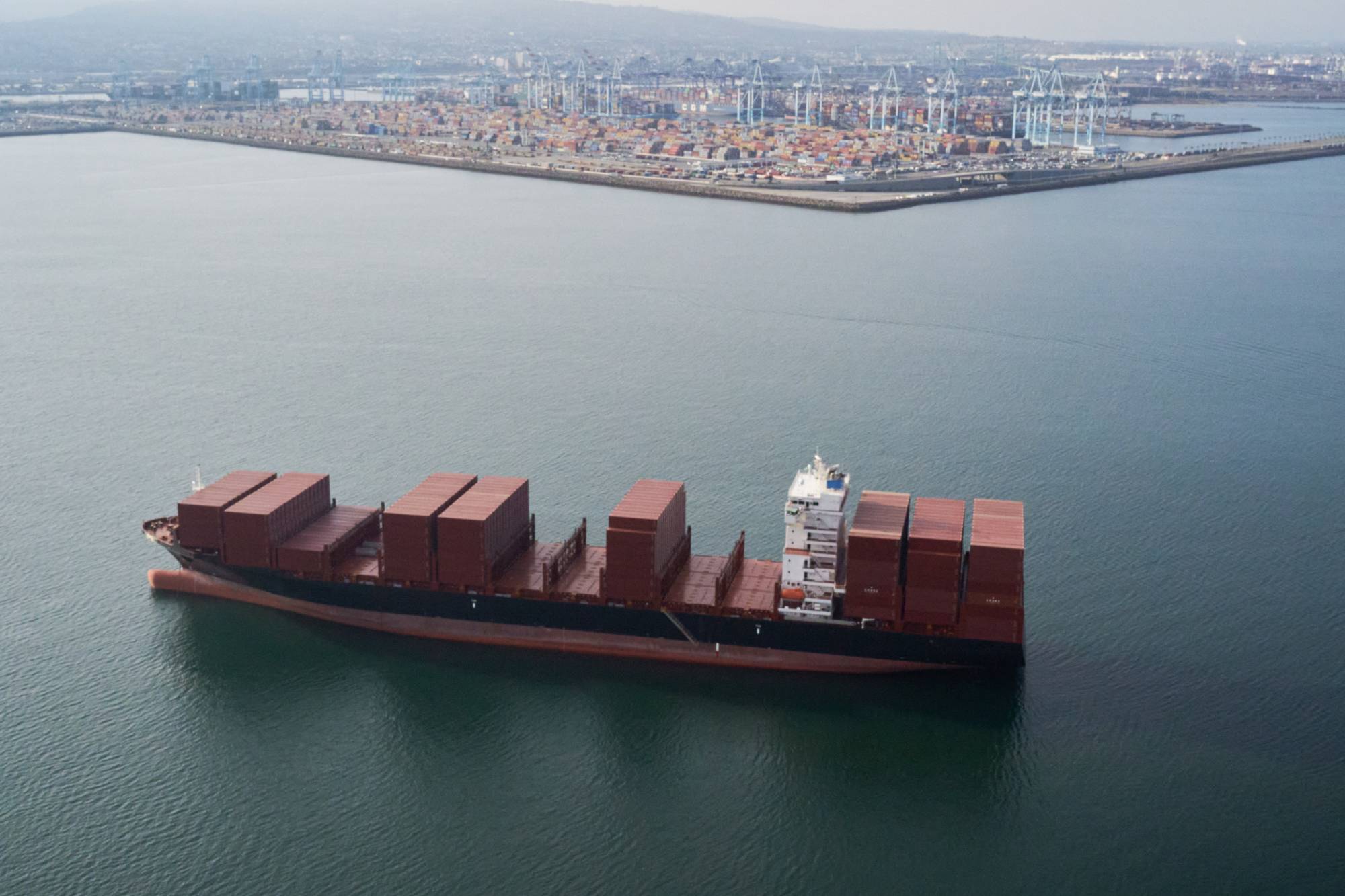I spent nearly 10 years on the deep ocean — entirely out of sight of land. During the long voyages, I would track the massive civilian cargo ships and oil tankers sailing near my warships. An exquisite system keeps them running essentially 24/7, hustling cargoes among a network of global megaports.
Those of us at sea watched with respect for their size and scale, mingled with a sense that they were so often on the edge of trouble. Shippers’ margins on time and cost are thin, and their crews are incredibly small, often not adequately trained or sufficiently compensated.
All of these factors are playing into the current delays with raw materials and consumer goods in the global supply chain. Naturally, these delays aren’t entirely dependent on ocean transportation. But given that more than 90% of internationally traded goods move through what the 19th-century naval strategist Rear Adm. Alfred Thayer Mahan called the "sea lanes of communication,” it is a good place to focus more attention. The huge ports are part of the maritime infrastructure as well, and some of them have become structural choke points, much as we think of critical geographic choke points like the Suez or Panama canals or the straits of Hormuz or Malacca.



















With your current subscription plan you can comment on stories. However, before writing your first comment, please create a display name in the Profile section of your subscriber account page.